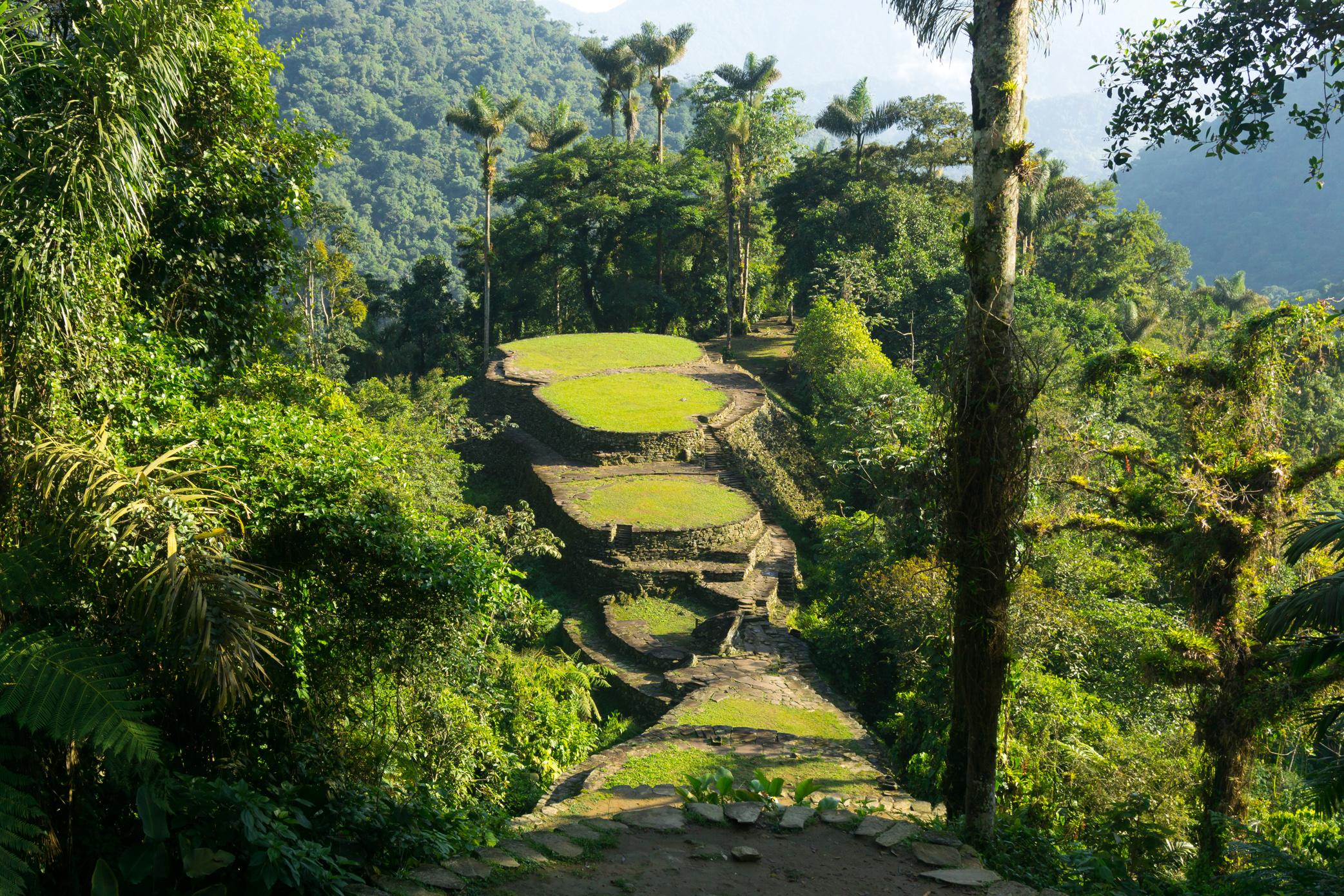The warm waters of the Caribbean Sea wash up on the shores of Santa Marta, a colourful, coastal city on the northern coast of Colombia. Local merchants sell beers and massages on the beachfront, while on the promenade stands a sizeable statue of an indigenous Tayrona native. Santa Marta is the gateway to the Tayrona National Natural Park, and indeed to the wider Sierra Nevada de Santa Marta mountains, the highest coastal mountain range on earth, home to far-stretching, lush layers of dense greenery. It’s also home to the indigenous tribes of the Kogi, Wiwa, Arhuacos and Kankuamo - and to what they call Teyuna, an elaborate, terraced jungle citadel dating back to 800AD, better known to foreigners as ‘Ciudad Perdida’, or the Lost City.
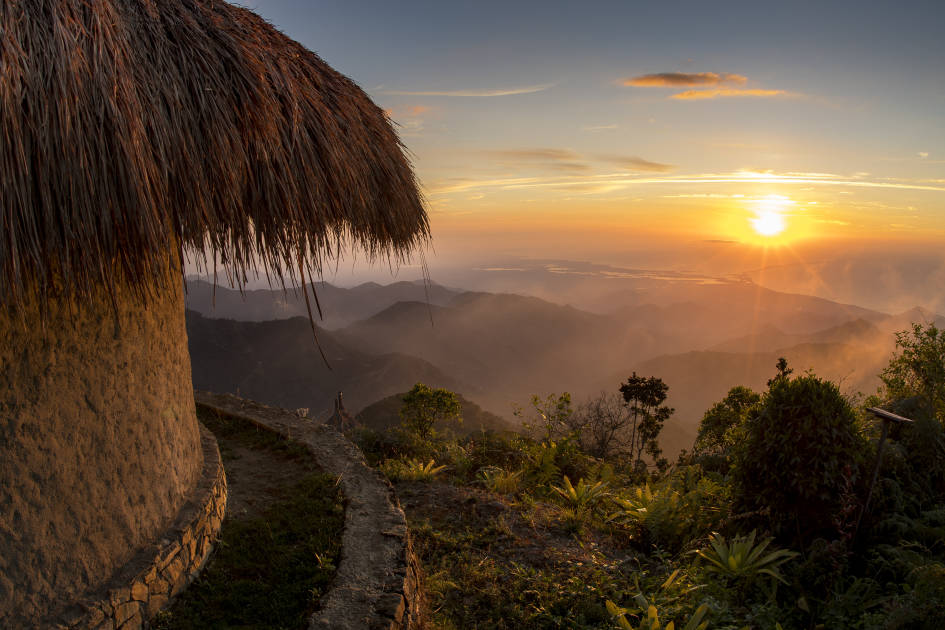
The route that I walked to the Teyuna, or the Lost City, involved five days of jungle trekking, but that figure will change depending on which route you choose. The archaeological site itself is remarkable. It rises in layering stone circles up to a top circle, where the mamos - spiritual leaders of the indigenous people, who lead the decision-making in their tribes - would come to communicate with the spirits of the forest and jungle; all the while looking out over all of it.
Each circle represents a moment of creation for these mamos - be it for the trees, rivers or mountains, and they were built so the tribes could keep these moments in mind as we live. “What care or pain we cause to the Earth, we also cause to ourselves” our guide Jose had told us, as we walked through the lush jungle.
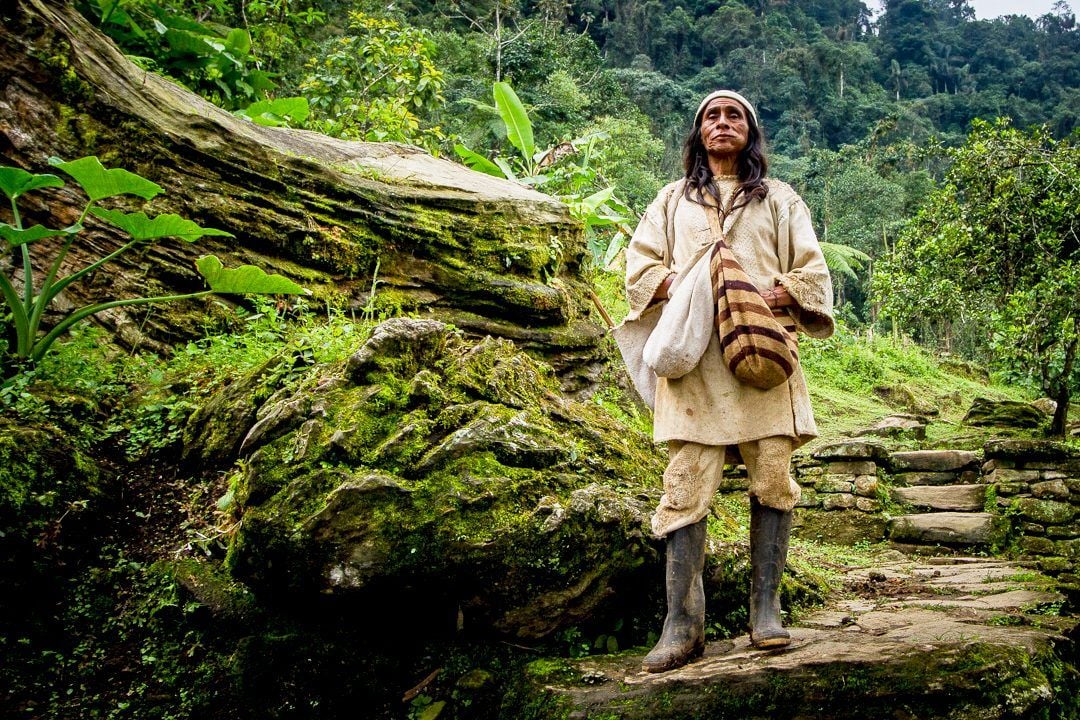
The ancient archaeological site is reached by a series of 1200 stone steps, which are hidden along the Buritaca River. The staircase takes you from the jungle floor up to the Lost City, and the stairs an incredible feat of engineering by themselves.
Before you reach them, though, you’ll have a multi-day jungle hike first.
Odds are you’ll either start or finish your walk at Machete, a sleepy town on the fringes of the jungle said to be named for the way they once settled arguments here. We entered the jungle via Machete, and hiked for two days, sleeping in bunk beds and hammocks in valley floors and on hilltops, before arriving at the base camp for Ciudad Perdida.
The ancient site is reached by a series of 1200 stone steps, hidden along the Buritaca river...
Before arriving at this particular camp, we’d seen very few other humans in the previous two days - with the notable exception of mountain battalion soldiers in Colombian army bases - but this base camp, a short walk from the Lost City staircase, and right next to a lagoon, is bustling with hikers waiting to ascend.
We rose at 5am on the day of our ascent, in order to beat all the crowds up to Cidudad Perdida and watch the sunrise from the stone circles. The stones are slippy. They weave and wind, and eventually emerge out to this humbling, ancient site, surrounded by trees and far-reaching views on every side. Before entering Teyuna, it's common for guides to lead a cleansing ritual at the first circle, to leave negative spirits behind.
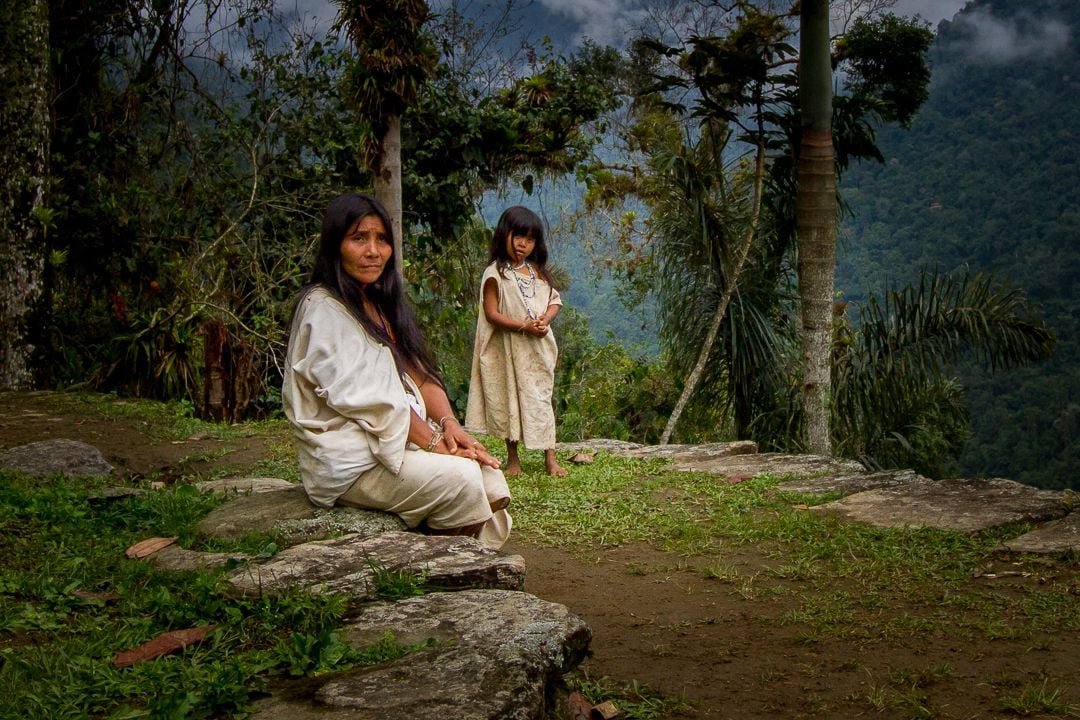
Ciudad Perdida is believed to have been built by the Tairona people, the ancestors of the indigenous people who still live in the rainforest today. They were largely driven out of Teyuna (and large parts of the jungle) by Spanish conquistadors in the 16th century, and the Lost City was then lost (to non-indigenous people, at least) for centuries, before being rediscovered by a group of gold diggers in 1972.
The story goes that one of those treasure hunter shot a wild turkey while out in the jungle, and the bird happened to fall on one of the lower sections of the staircase to Teyuna. The group followed the staircase to its summit and in doing so, accidentally made one of the great archaeological discoveries of the 20th century.
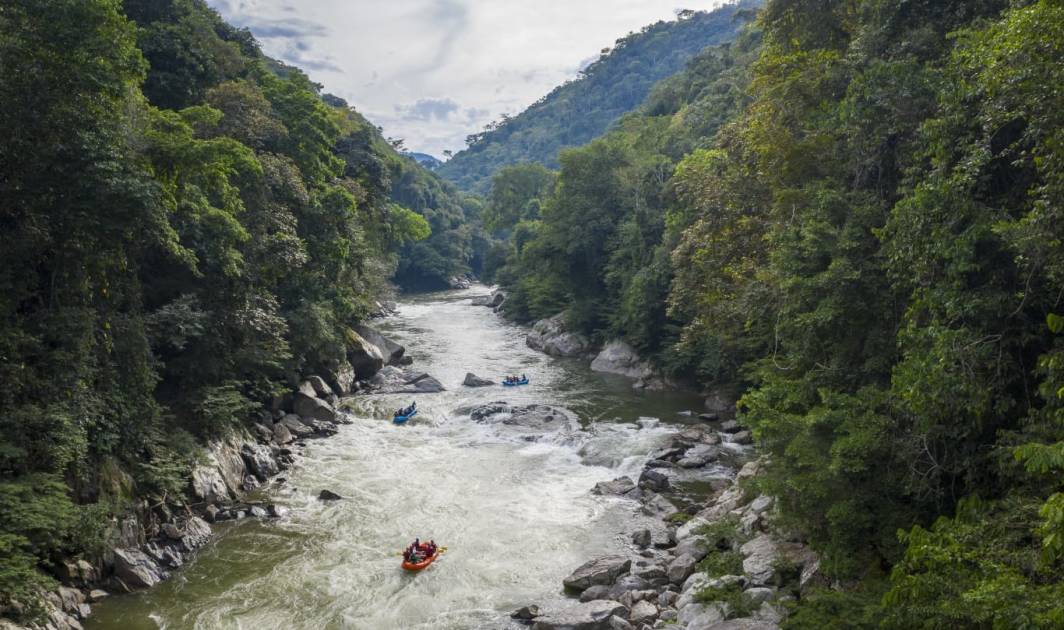
The issue, of course, is that not only were members of the Kogi indigenous people already aware of the site, but to them it was sacred, making the looting that followed, and which sent many gold figurines and urns from Teyuna onto the black market, all the more devastating.
It was this black market trade that alerted archaeologists to the existence of Ciudad Perdida, and a full excavation then took place in 1976.
Lost City tourism then began in the 1980s, and initially, it had no benefits to the indigenous people. At the time, they weren’t recognised as part of the Colombian State, as to be a Colombian at that time was to be Catholic. This changed with a new constitution in 1991, in which the indigenous people were recognised as such and given autonomy over their land (although rather tellingly, anything sitting 30m or more below the surface of that land still belongs to the state).
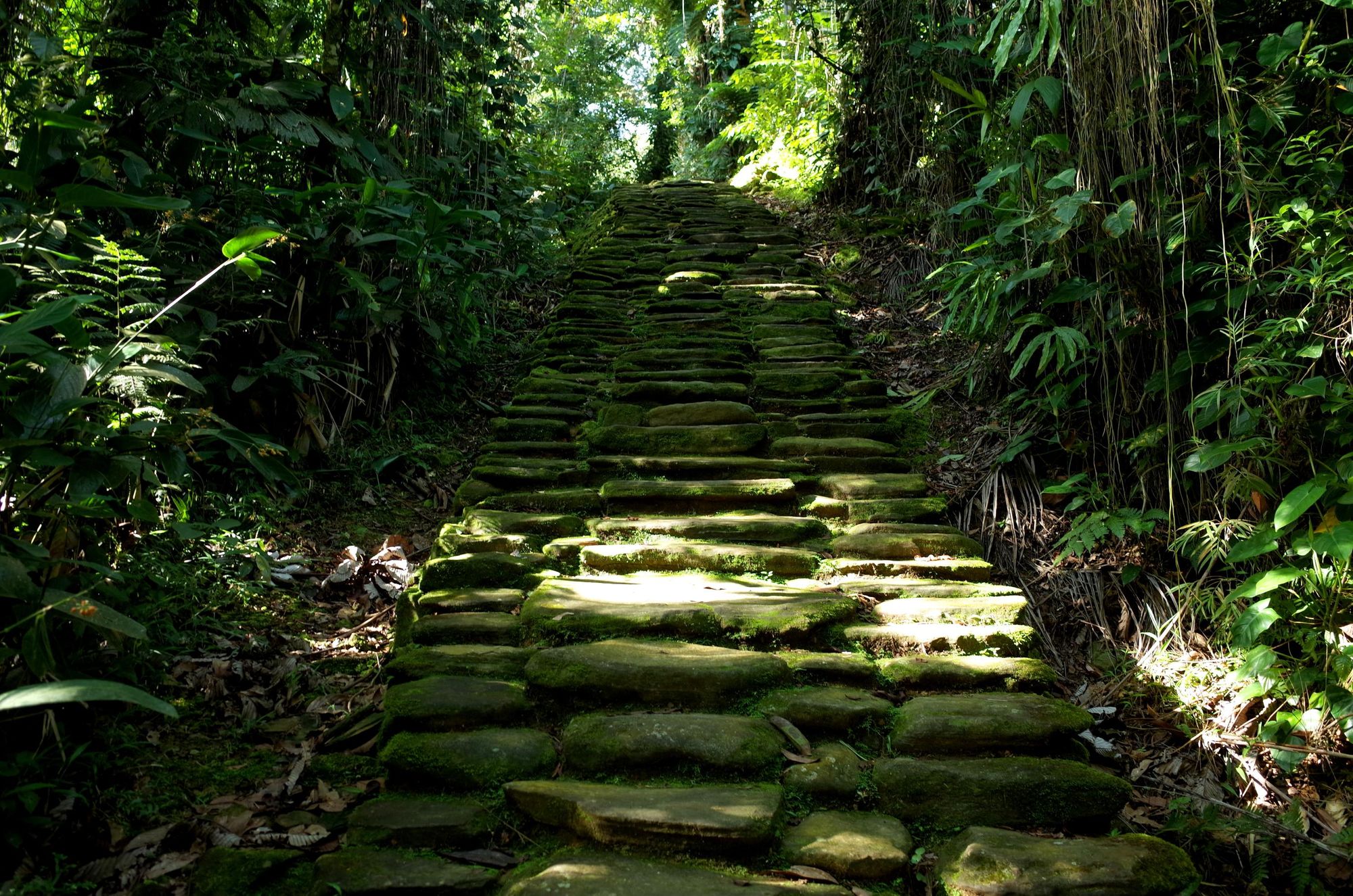
The government handed back some of the land they had stolen from the indigenous people in the conquests, and the tribes have then been using various income sources - notably including tourism - to buy back more of that jungle land.
All of this tourism was almost lost on 12 September 2003, though, when eight tourists - from Britain, Spain, Germany and Israel - were kidnapped at 4.30am in the morning while sleeping over at the Lost City site. The tourists were taken at gunpoint by leftist guerrillas from the Ejército de Liberación Nacional, a Marxist group aiming to put pressure on the government to bring the paramilitary to justice for human rights violations. Some hostages were held for three months.
They have convoys all around the Sierra, taking care of this beautiful place, of the ancient heritage, and taking care of us.
While at Ciudad Perdida, I met Edwin Ray, the guide of the group who were kidnapped. “It was horrible,” Edwin told me, via a Spanish translator. “I was investigated. It took 101 days to clear my name. The Lost City became known across the world for such a violent event, not for its beauty. This was the way they used to protest against our system; kidnapping, taking away your money, extortion. 15 years ago, somehow this was normal. This was our daily news, our daily bread. Today it’s the opposite. Today it wouldn’t be normal for us at all.”
The route to the Lost City re-opened in 2005, and there have been no such problems since. It's now deemed perfectly safe to trek to the site with a guide.
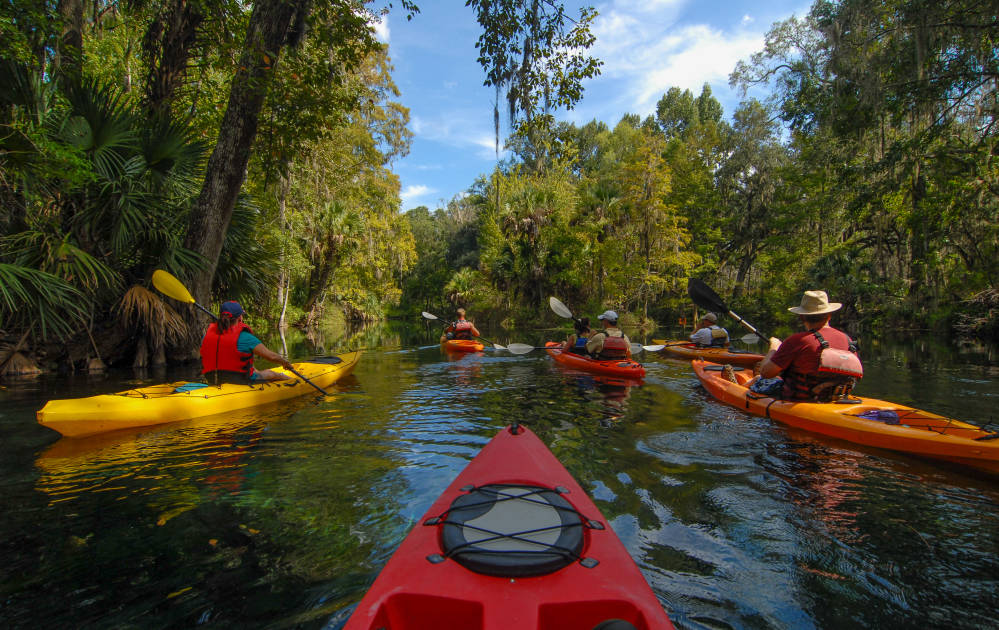
My conversation with Edwin had ended when an army helicopter soared in to land in Ciudad Perdida, almost to prove the point. It was greeted by a platoon of soldiers, who now live on site at the Lost City and run over to unpack the cargo.
“After the kidnapping we raised awareness of how important this place was and the government built a high mountain battalion,” Edwin says. “They have convoys all around the Sierra, taking care of this beautiful place, of the ancient heritage, and taking care of us.”
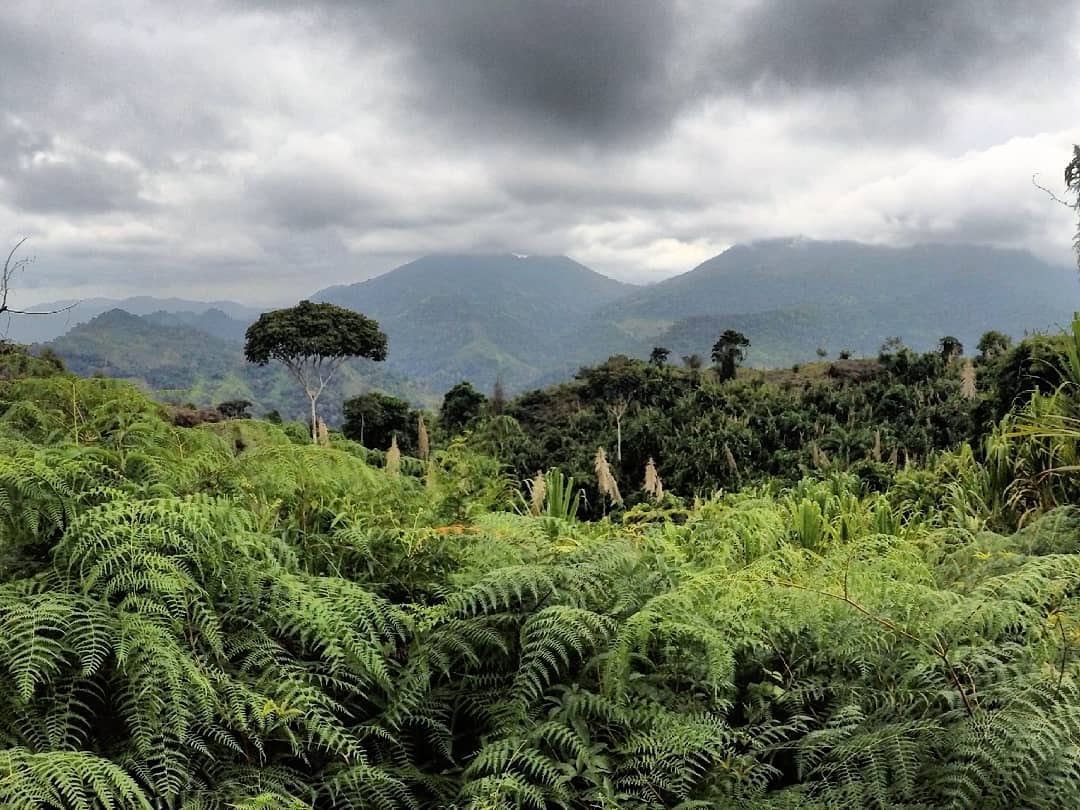
The Global Heritage Fund, meanwhile, have been working in the area since 2009 to take care of the archaeological site and surrounding nature - namely to upkeep the ruined city, mitigate the impacts of climate and ensure that tourism here stays sustainable. They work closely with the indigenous people here to do so.
Tourism to Teyuna now comes under the autonomy of the indigenous people. So if they ever did want to stop it, they could. Rather, for now at least, they’ve chosen to make it work for them. These days, only 160 people are allowed to visit the Lost City in one day to protect the site; only five companies are authorised to give tours, and the trek is shut in September, during which the temples are used for meetings between mamos from the indigenous tribes; just as it was over 100 years ago.

The indigenous people here see themselves as “the guardians of the heart of the world”, and indeed, the whole hike is alive with greenery and thriving biodiversity. We see monkeys, snakes, scorpions and tropical birds, though in places (notably the foothills), the land is scarred from marijuana farming and cocaine plantations. That’s why the tribes want to buy the land - to restore and protect that nature. “We’re not in charge of nature,” Jose told me. “We’re part of it.”
The people here are in constant conversation with the environment they live in. The very wellbeing and flourishing of human life here is reliant on the wellbeing and flourishing of the natural world. It’s a point which seems so imperative; so obvious and vital while surrounded by all the lush greenery of the Sierra Nevada de Santa Marta mountains - and it's the one which I strive to keep in mind as we climb into our 4x4 in Machete, and take the bumpy ride back to Santa Marta.
Inspired? Trek to the Lost City in Colombia's Sierra Nevada de Santa Marta jungle!

